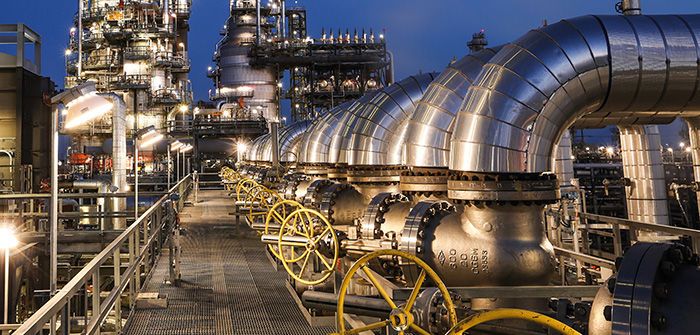While many people might think that it's difficult to get
more information about refinery shutdown or refinery turnaround, there are
actually many different ways to get more information. Some sources publish
information about turnaround plans, while others are more private. The good
news is that public announcements are often picked up by the trade press. In
addition to the public announcements, companies must also report their
operational changes to the Texas Commission on Environmental Quality.
Safety measures
When it comes to safety during a refinery shutdown or
turnaround, the key is to follow Work Permit Systems. In addition to ensuring
compliance with the Work Permit Systems, the shutdown or refinery turnaround
can be a hazardous time for the workers. For example, they may be required to
perform tasks that are not routine and may include the use of a large number of
contractors. Advanced safety solutions can help improve workplace safety during
these times. Refinery maintenance is also one of the most important things.
Refining processes with flammable components are at
increased risk during turnaround or shutdown. This is because the proximity of
the equipment, increased number of workers, and new actions in the ecosystem of
the plant can lead to a chain reaction. Whether the risk is low, medium, or
high, it is important to follow the correct procedures and implement the right
safety equipment. Ensure that all employees are aware of the risks and the
safety procedures prior to the refinery turnaround or shutdown.
Refinery maintenance and shutdowns can be costly. Companies
may lose millions of dollars in production during an unplanned shutdown. They
also risk fatalities and injuries. They are also more likely to release
fugitive emissions, which are hazardous to the environment.
Costs
Costs of refinery turnaround projects are often based on a
combination of quality and time. The project plan should balance these factors
in order to improve the overall efficiency of the turnaround project. It is
also important to consider change management as part of the cost management
process. This approach helps assess changes in the scope and update the project
estimate as necessary. While costs can increase during a turnaround, they can
also decrease in the long run.
Refinery turnarounds occur when refineries must shut down
production units for maintenance and upgrades. These shutdowns disrupt the
supply chain and are costly. In some cases, expenses related to diverting
supplies can reach millions of dollars. A 10 percent reduction in these costs
can result in savings of six figures.
Refinery turnaround projects are usually complex and require
substantial amounts of funds to plan and execute. The costs of a turnaround
often exceed the initial budget due to unplanned costs and unexpected
challenges. While this can seem daunting, proper planning can help refineries
and petrochemical facilities control the cost and ensure that production is not
lost during a shutdown.
Planning
There are many factors to consider when planning a refinery
shutdown. The first step is determining what needs to be done during the
shutdown. The shutdown process may last up to several weeks, and the affected
unit may continue operating for a few weeks. To ensure the smoothest shutdown
possible, it's best to plan ahead.
Planning a refinery shutdown is an intricate process that
requires meticulous coordination and accurate information. It is important to
work with your refinery team and outside contractors to ensure that no
unexpected events arise. Refineries can't afford to have any additional revenue
interruptions, especially during times of low production. Planning a refinery shutdown takes time and coordination, but the process can be highly effective
and efficient when done properly. If you don't plan ahead, you may be forced to
make a decision based on inaccurate information.
Refinery maintenance and shutdown can cost millions of
dollars to avoid. In addition to lost production, an unplanned shutdown can
lead to serious accidents and injury, and even pollution.
Execution
The successful execution of a refinery shutdown and
turnaround depends on a comprehensive planning process. This planning process
begins with strategic planning and progresses to detailed planning. During this
phase, specific details are hammered out and firm plans are set.
The execution phase of a refinery shutdown is a process that
requires the participation of many stakeholders. It starts with a base analysis
of the refinery maintenance's operational environment and includes planned
maintenance of equipment. Then, a detailed planning process identifies the
tasks and schedules. While this planning process provides an overview of tasks
and their sequence, it cannot completely eliminate the possibility of
last-minute changes.







No comments:
Post a Comment
Thanks For Your Feedback